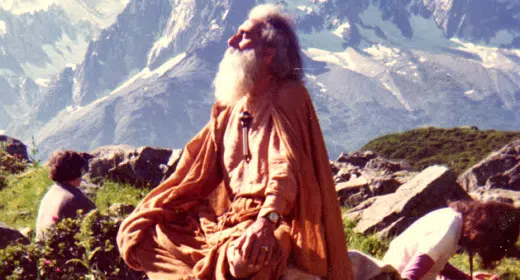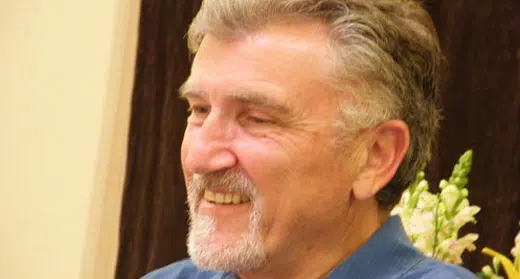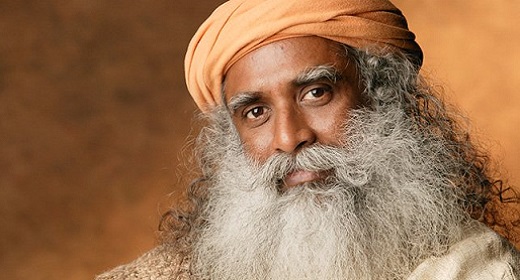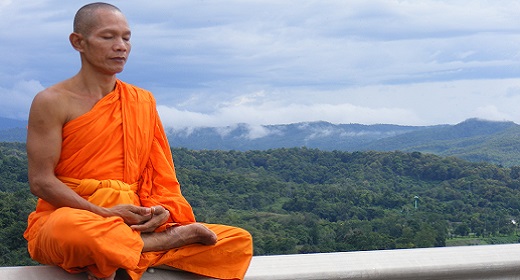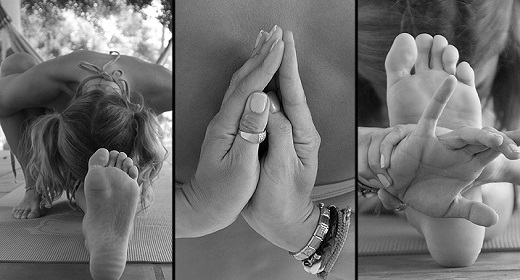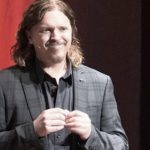by Donna Quesada: Through my own personal experience of bringing into my life the situations that reflect my heart’s true longing and my soul’s sense of purpose, I have discovered three essential ingredients in manifestation.

1.Intention.
Articulating your intention, whether mentally or out-loud, is part of the act of creation. It is a heartfelt message to your conscious self, to all the layers of your psyche and to the universe, as a whole, in all its hidden workings. It’s as I tell my college students, when I ask them to articulate a response out loud; once you say it to yourself, you have connected the dots, you have turned something vague into something usable, retrievable…something real.
Intention, after all, is what is responsible for the astounding wonder of placebos, which have brought about the same results as the real thing, time and time again; the power of prayer, which continues to mystify the non-believer; and the success of great athletes, whose mental run-throughs of the big event, have proven to be just as effective as the actual physical activity—even down to the neural level. When we direct our focused intention on a specific result, it activates its fruition. Energetic flow follows your attention.
2.Feeling
It is not new to speak of ourselves as vibrational entities. Anything written about the Law of Attraction will remind us of the inevitability of bringing into our lives that which is vibrating at a similar frequency. In this sense, we are a bit like a two-way transmitter, which sends and receives subtle signals via vibrational energy that is constantly moving through the universe. This energy is like a web that contains us and wholly engulfs us because we’re indistinguishable and inseparate from it. Think of this energy nexus like a spider web—when touched on one end, the corresponding vibration will reverberate all the way through to the other end. Everything affects everything. And it starts with our very thoughts.
The question is, how do we consciously direct this signaling? How do we program the wave motion?
Other writers have said that it is this signaling that determines what we project and bring into our lives, rather than our feelings, thoughts and desires. But this is to beg the question (in the true philosophical sense). For, we may ask, what shapes the signal?
What we feel!
What we feel defines our energetic flow, our state of being and the vibrations we signal out to the universe and to everyone we interface with.
Choosing what we feel is much more advantageous than letting our feelings choose us. This is what Yoga is all about—stilling the mind, so as to bring it into union with all that is.
This is also what free will really means.
The more conscious we are, the more control we have over what we choose to do in life. Or, put differently, the more conscious we are, the less enslaved we are by our mind’s whims and emotions, all of which are shaped by the incessant thoughts that buzz through our mind, like a swarm of bees, at any given moment.
So, consciously pausing to ask, what do I want to feel, is an important part of getting hold of the runaway train and purposely bringing ourselves into alignment with our heart’s true longing. It’s a bit like wagging the dog, in that we’re going from the outside in; starting with feeling, rather than thought.
For example, in the proclamation, I am joy…what does joy feel like?
My teacher, Guru Singh, sometimes reminds us of what may seem inevitable: To “experience the experience.” To really experience this moment, is to be completely present in this moment. It is also to be completely present in our body and mind. What does this moment feel like? To embody the moment is to literally get into our bodies, our whole selves. Normally, we become very closed in, as if blanketed under the fog of those thoughts and worries. We become myopic and unavailable, when we’re not present and fully embodied in this moment. So, to feel it is to make it real.
It’s like saying, “I’ll believe it when I feel it.”
3.The Present Tense
Notice the proclamation above: I am joy. It is stated in the present tense. Wayne Dyer talks about this aspect of manifestation in his book, Wishes Fulfilled. Saying, I will be joy, is much different than saying, I am joy. The first says simultaneously, that, I’m not yet joy, but I hope to be, in the future. That’s not good enough! And this goes way back in Yogic philosophy. Consider the most essential mantra: I Am That. Or, I Am That I Am. It doesn’t say, I Will Be That! Try it with any statement: I am prosperous(which just means, to do well), or, I am healthy. Time is just an illusion, anyway. It’s just a matter of the event unfolding into the perceived now.


